The multi-generational Workman farms have been a staple in Fallon since 1964, growing local produce during the growing season and selling various plants, roses, and several types of trees.
Workman Farms has a tree for everyone, featuring fruit, shade, flowering, and columnar trees. Liza Detomasi, a third-generation member of Workman Farms, suggests that the best time of the year to plant a tree is in the fall. However, they can be planted all year long. She urges everyone to get a soil analysis to optimize the growing ability of their soil.
Evaluating the soil through a soil testing laboratory can help growers make informed decisions on nutrient status and application rate, crop choice based on soil properties, and diagnosing plant problems such as nutrient deficiencies or toxicities. When the tree is purchased and planted, having a soil analysis completed, it can get the best nutrients from the soil. Planting the tree in the native soil where it will live is how Liza plants her trees. "If the tree is planted with a lot of soil amendments added to the roots, this can cause the roots to not want to leave this paradise and can cause the roots to become root-bound because they refuse to leave this perfect area," explained Liza.
A tree requires seventeen nutrients to survive and thrive, and a tree will be an investment in your property. The Nevada Extension College of Agriculture Biotechnology & Natural Resources, Fallon Extension Office, located at 111 Sheckler Road, can supply the test kit that can be sent to a soil laboratory testing facility for soil analysis.
From the top of the ground down, 12-18 inches, to the "drip line," the outermost part of the branches with leaves on them that the rain will fall from when it is raining, is where the tree roots will get their necessary nutrients to feed the tree for years to come. Liza prefers to feed trees with organic mulch from fall through early spring, using the leaves that have fallen from the tree, grass clippings if they are dry, and other vegetation. When the drip line is cleared in the spring, if there is a white line in the dirt, don't worry; that is the soil's digestive system saying that it has been feeding the tree all winter.
When planting, dig a hole large enough for the roots to expand and to hold enough water to give the tree the necessary water to survive and thrive because, once again, the roots will expand 3-5 feet beyond the end of the tree branches. If you start with a larger tree, then, of course, start with a larger hole. When the soil is high in sand and not as dense, water is needed more often than in clay soil. Clay soil is denser and holds the water longer, which will need less water at one setting, but watered numerous times during a regular watering rotation.
Due to Fallon's elevation and climate, primarily hot and dry during the summer months, the tree must be watered correctly throughout the summer. Liza suggests keeping a watering journal to better track how the tree accepts water. This helps prevent overwatering, wasting water, harming the tree, or under-watering, causing stress. If using a drip system, your lawn and yard service will likely install the best watering system for the tree's roots. When manually watering, again, make sure the tree well is large enough to accommodate the size of the tree. Of course, year after year, the tree well will have to be enlarged to hold enough water for the tree's new growth.
For more information about other nursery plants or Workman Farms sewing and quilting materials and in-stock crafting ideas, check them out at Workman Farms and Quilting Center at 4990 Reno Highway or by calling 775-867-3716.
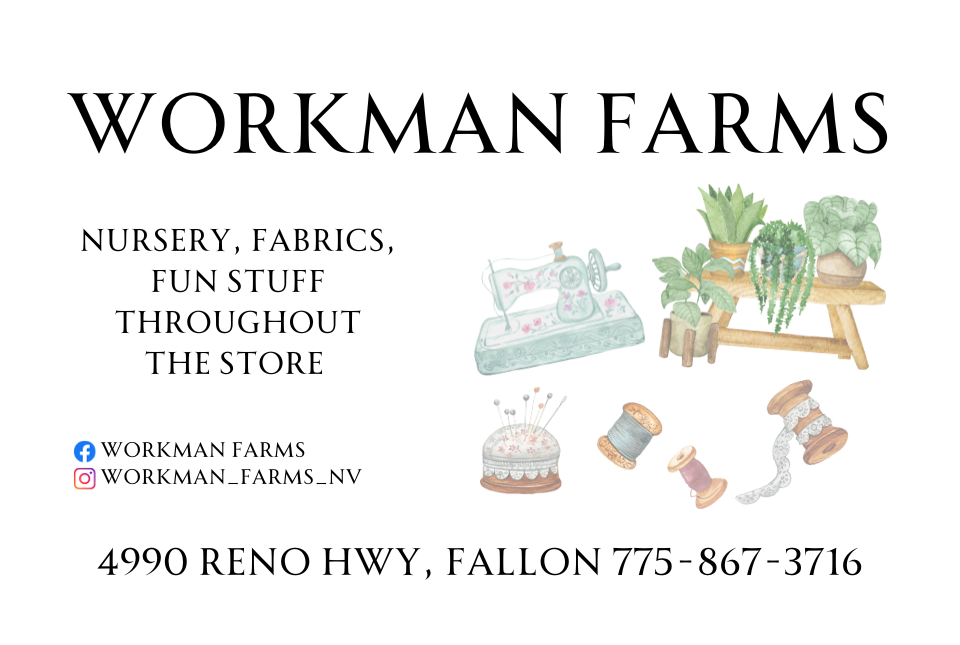

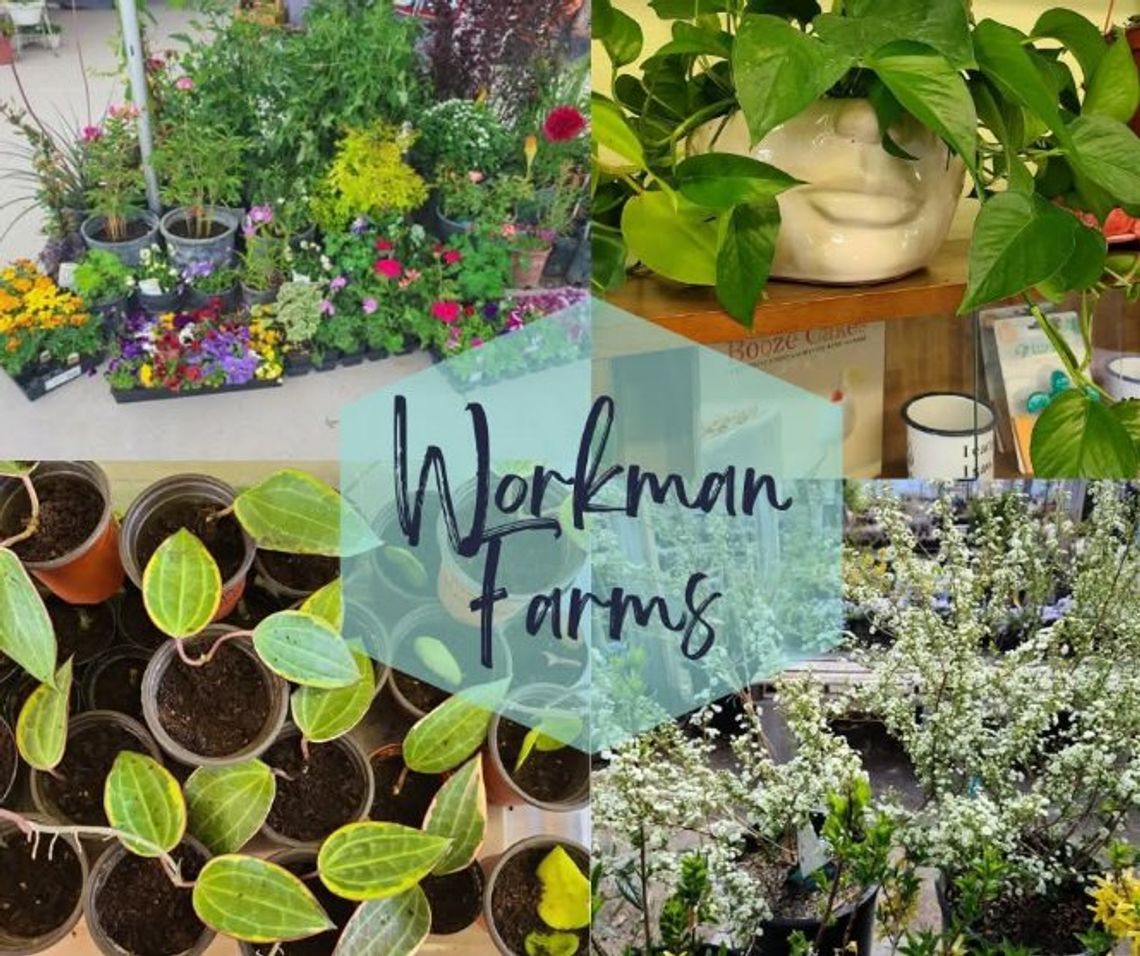
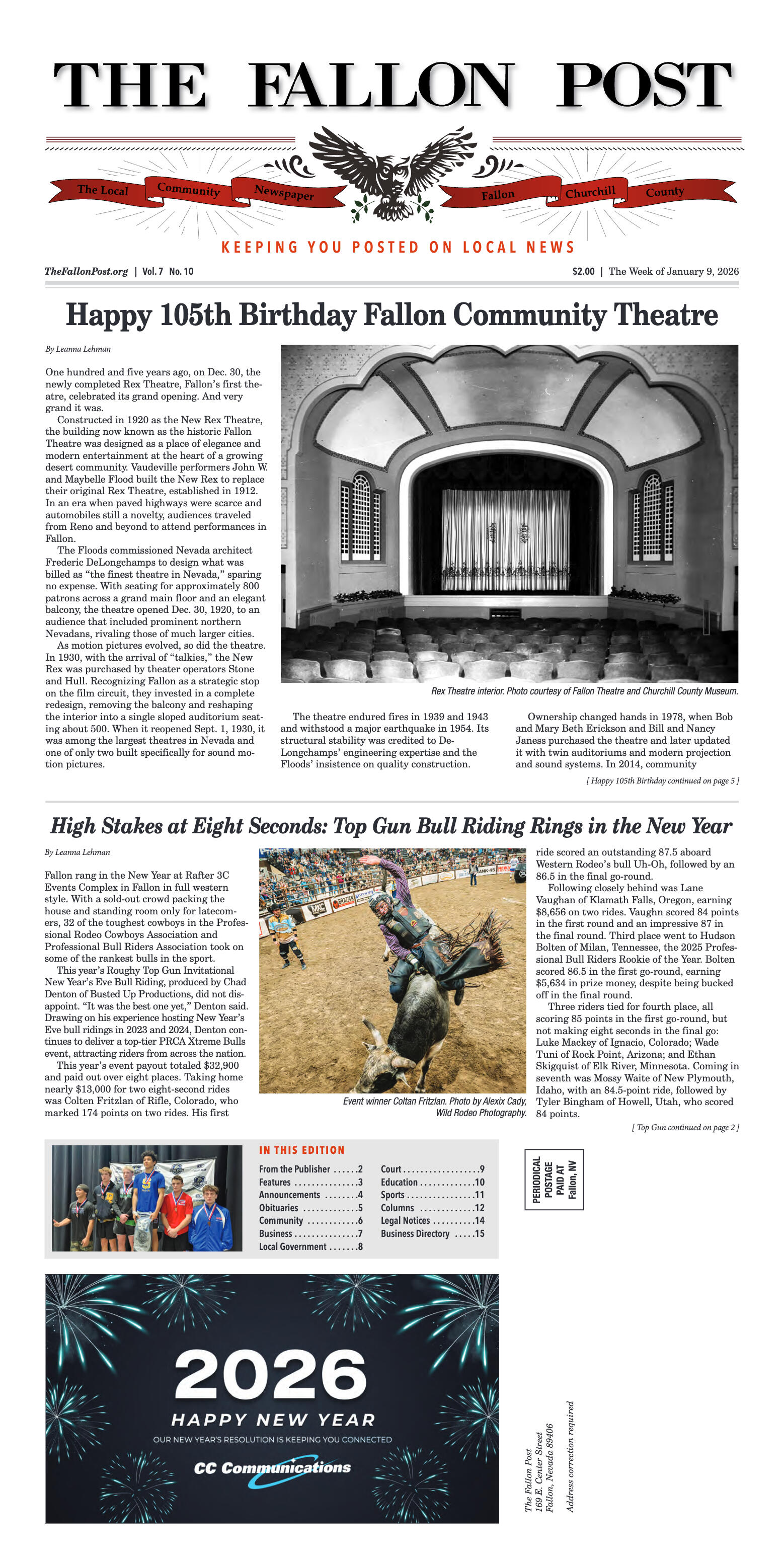
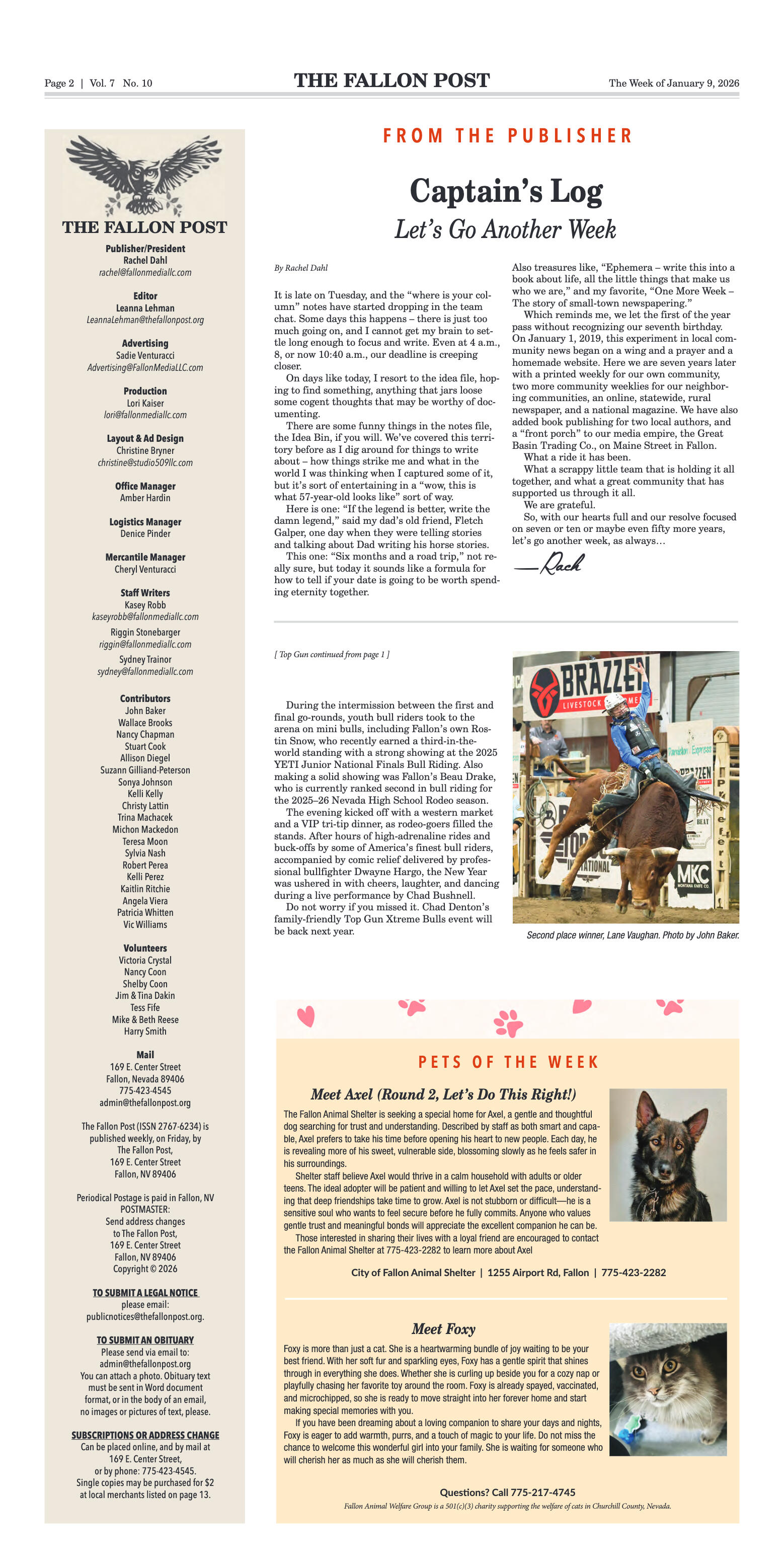
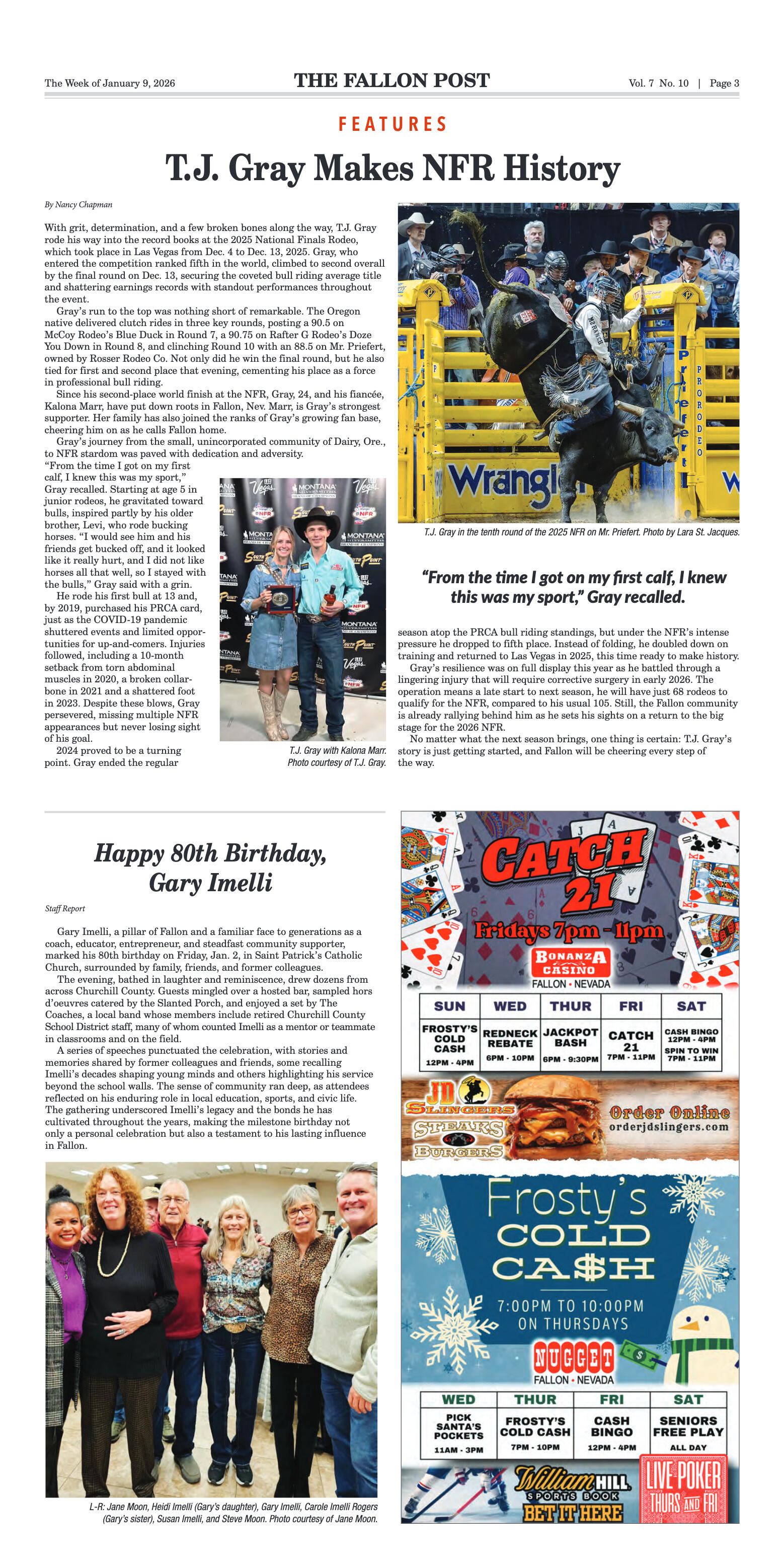
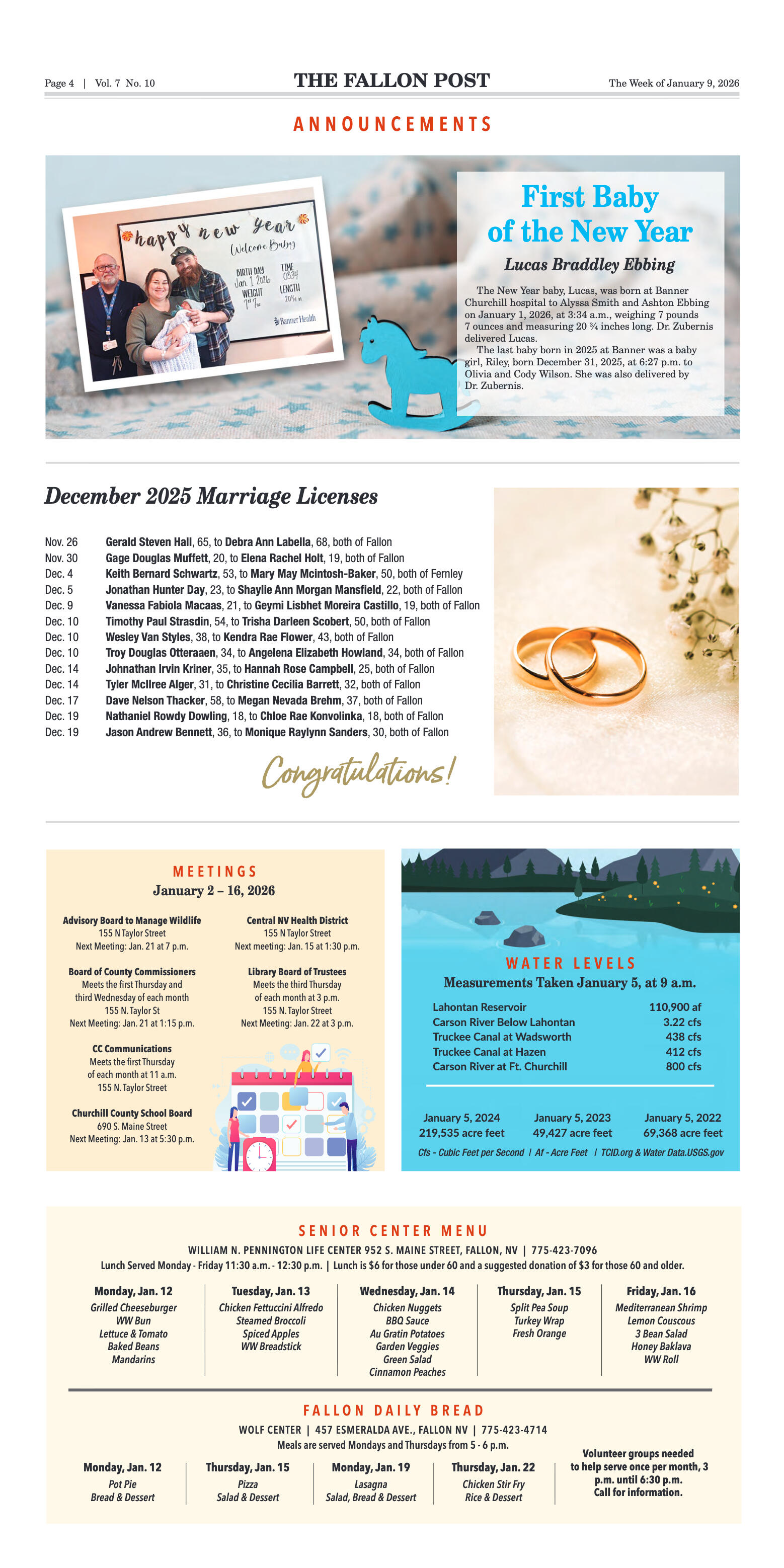
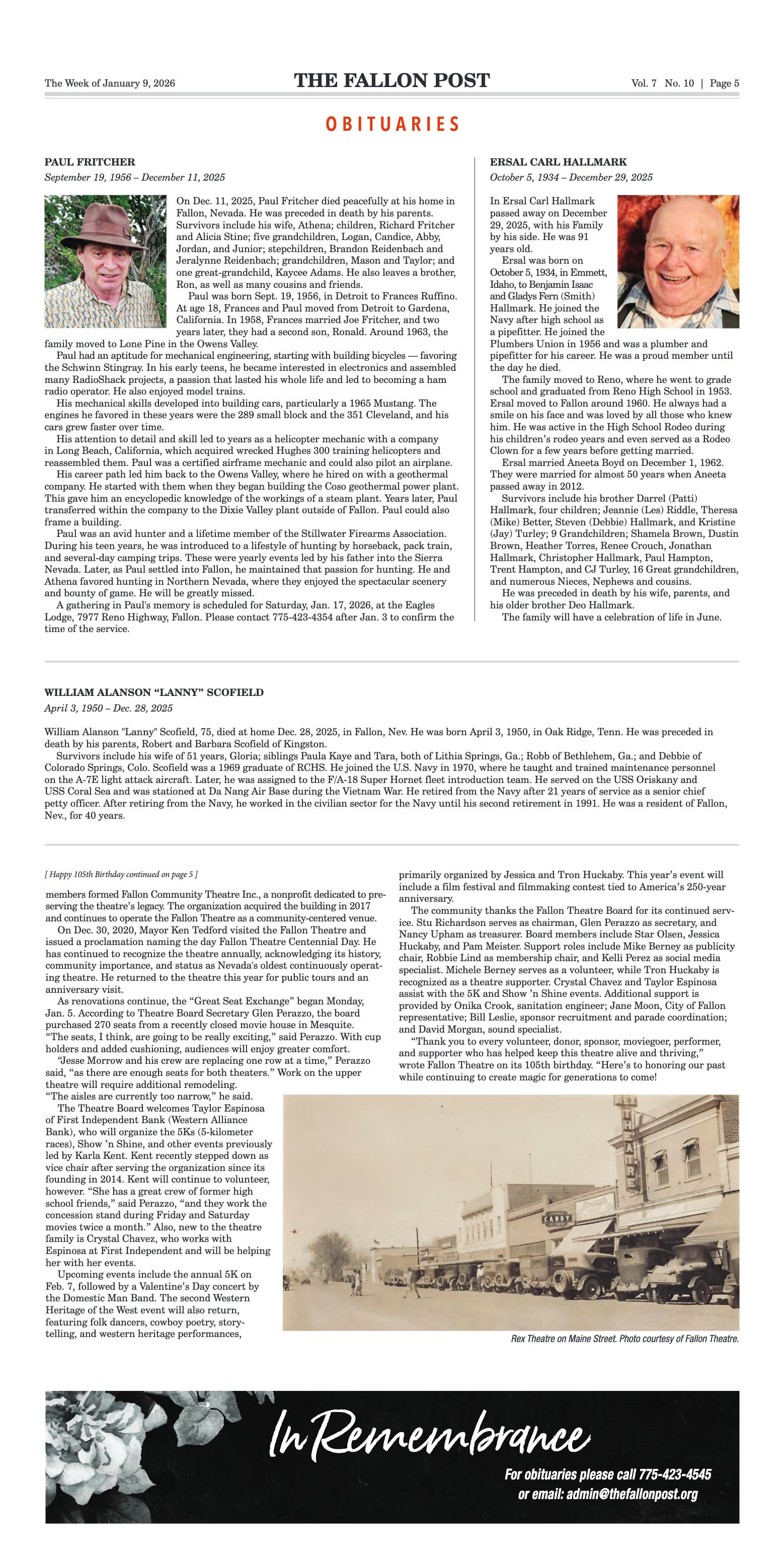
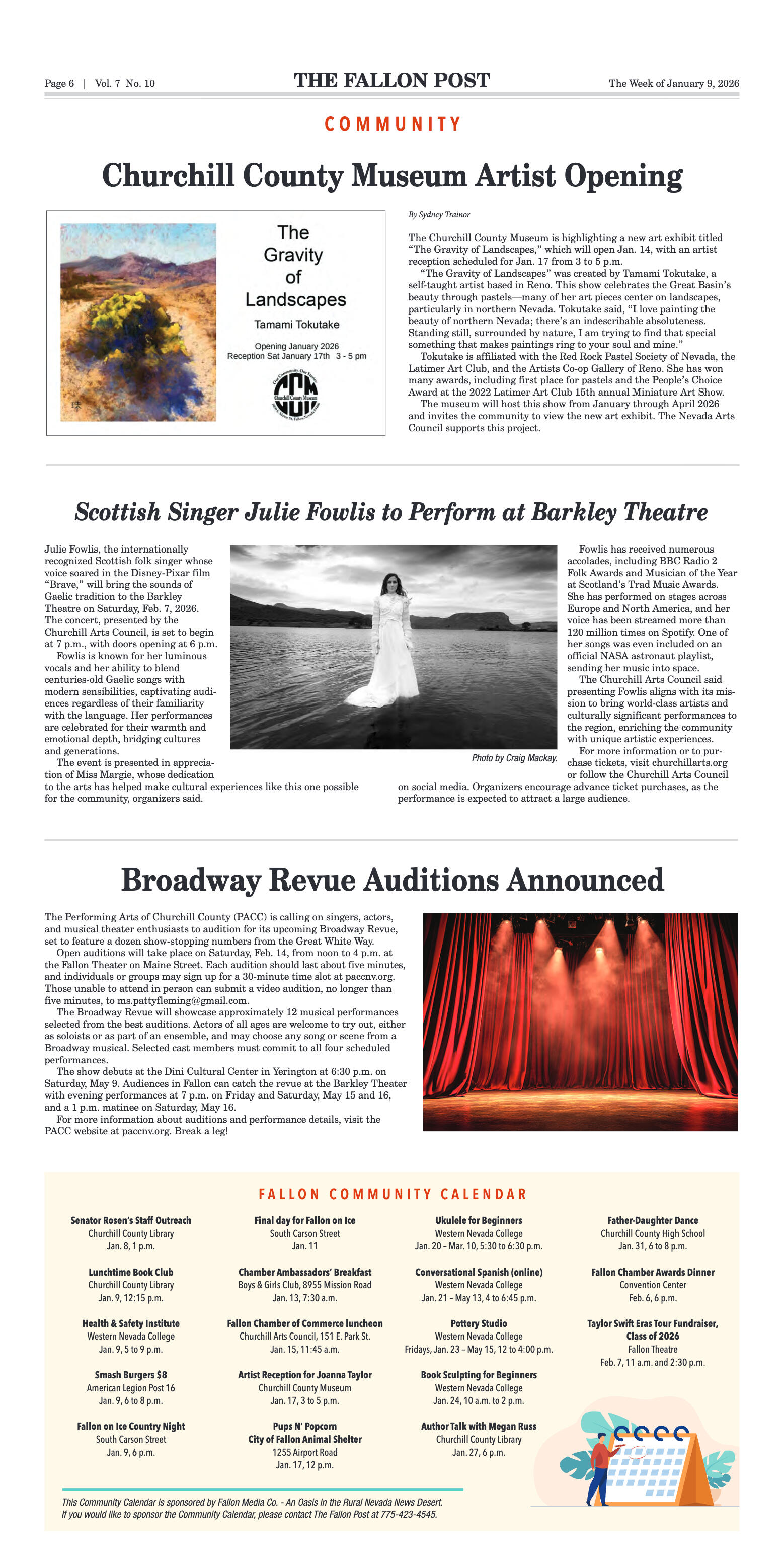
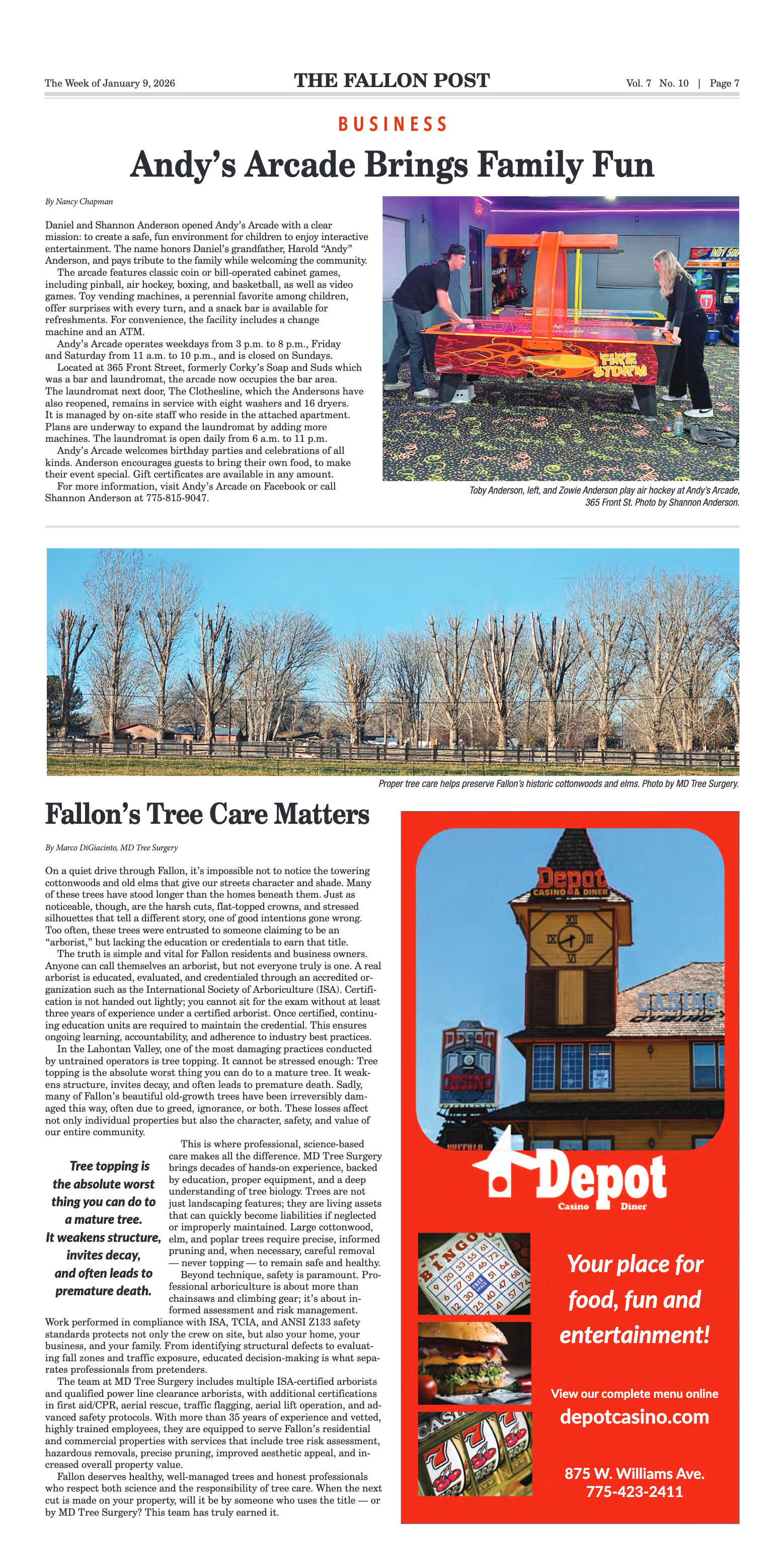
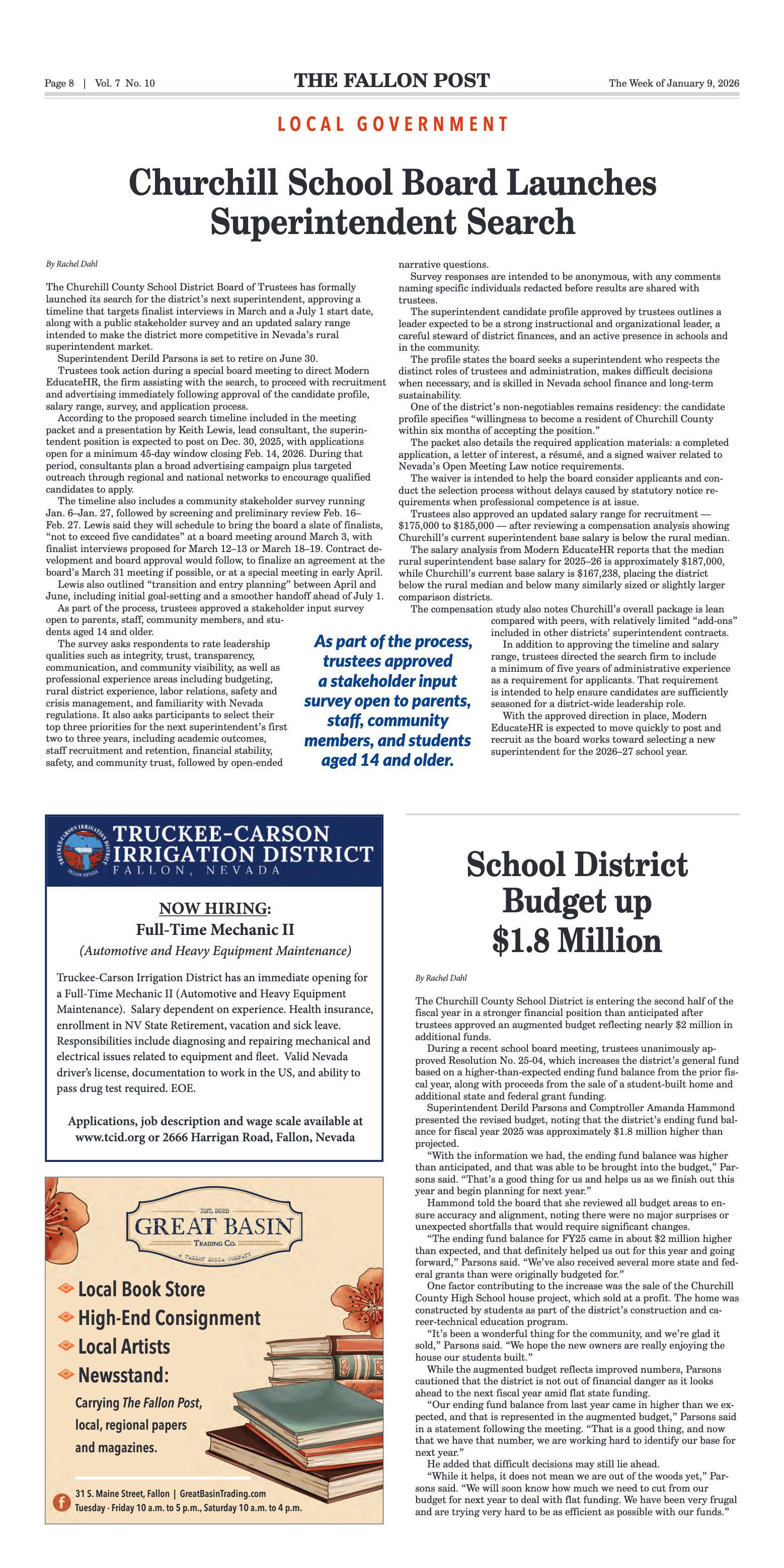
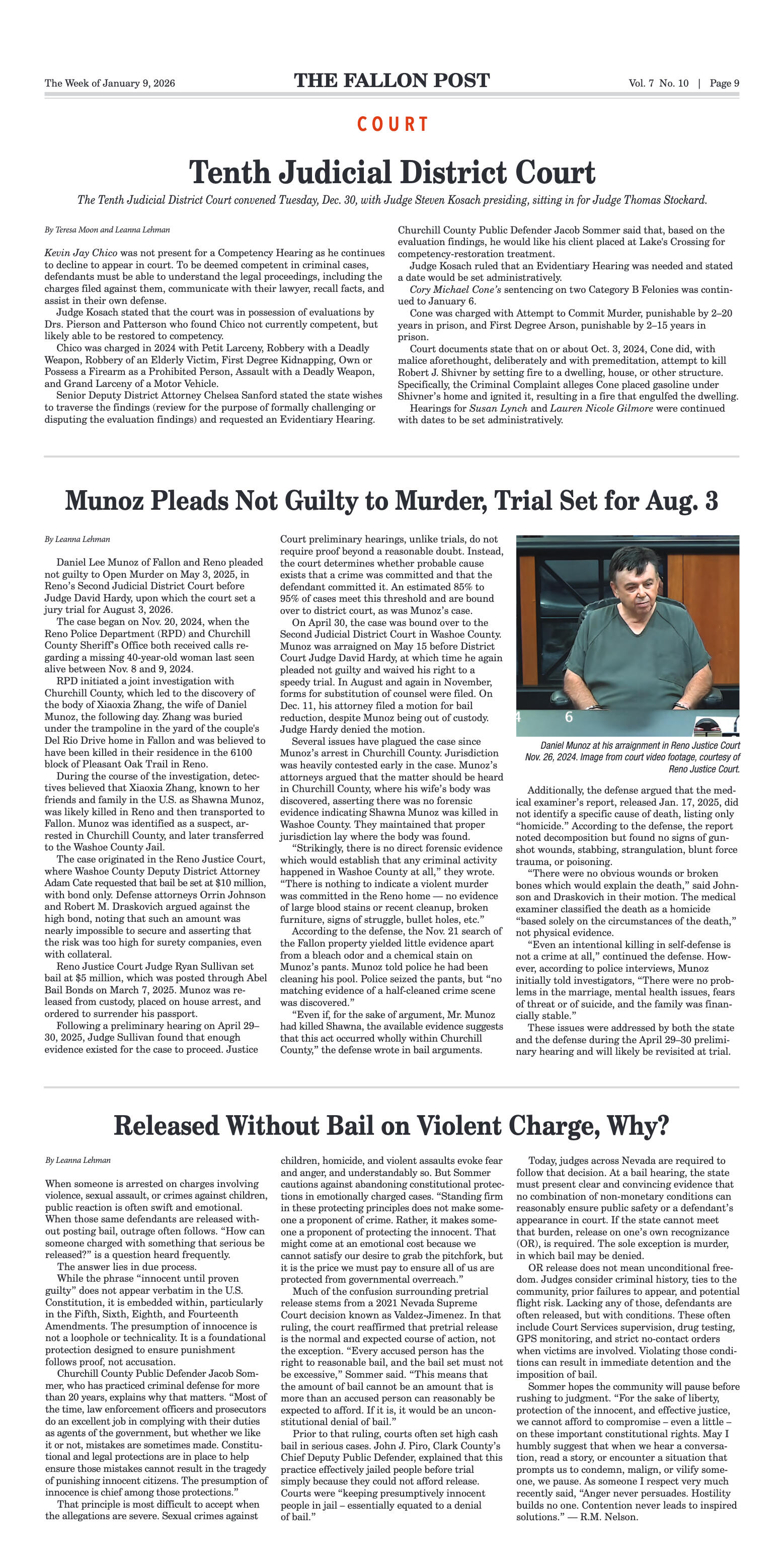
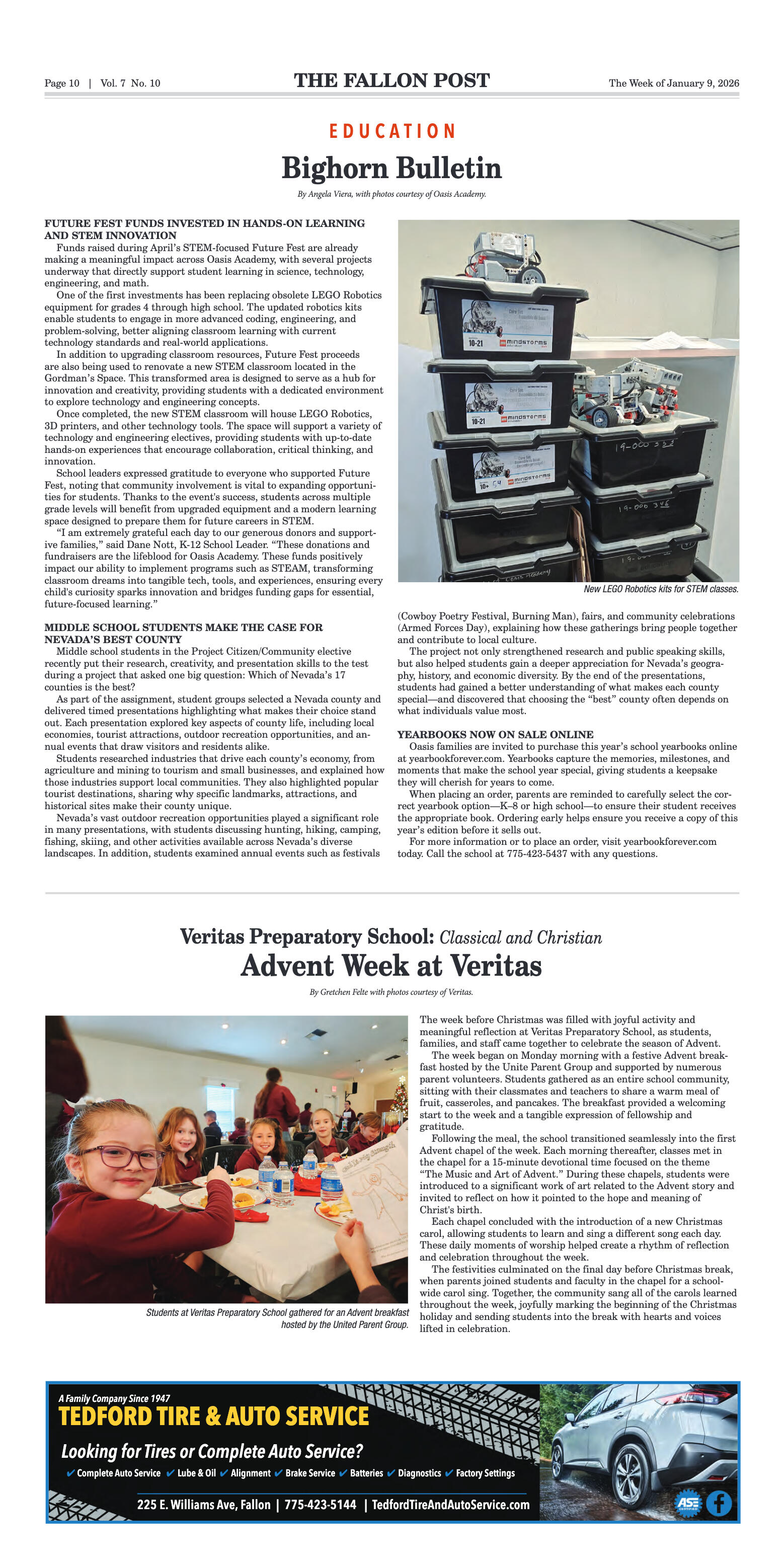
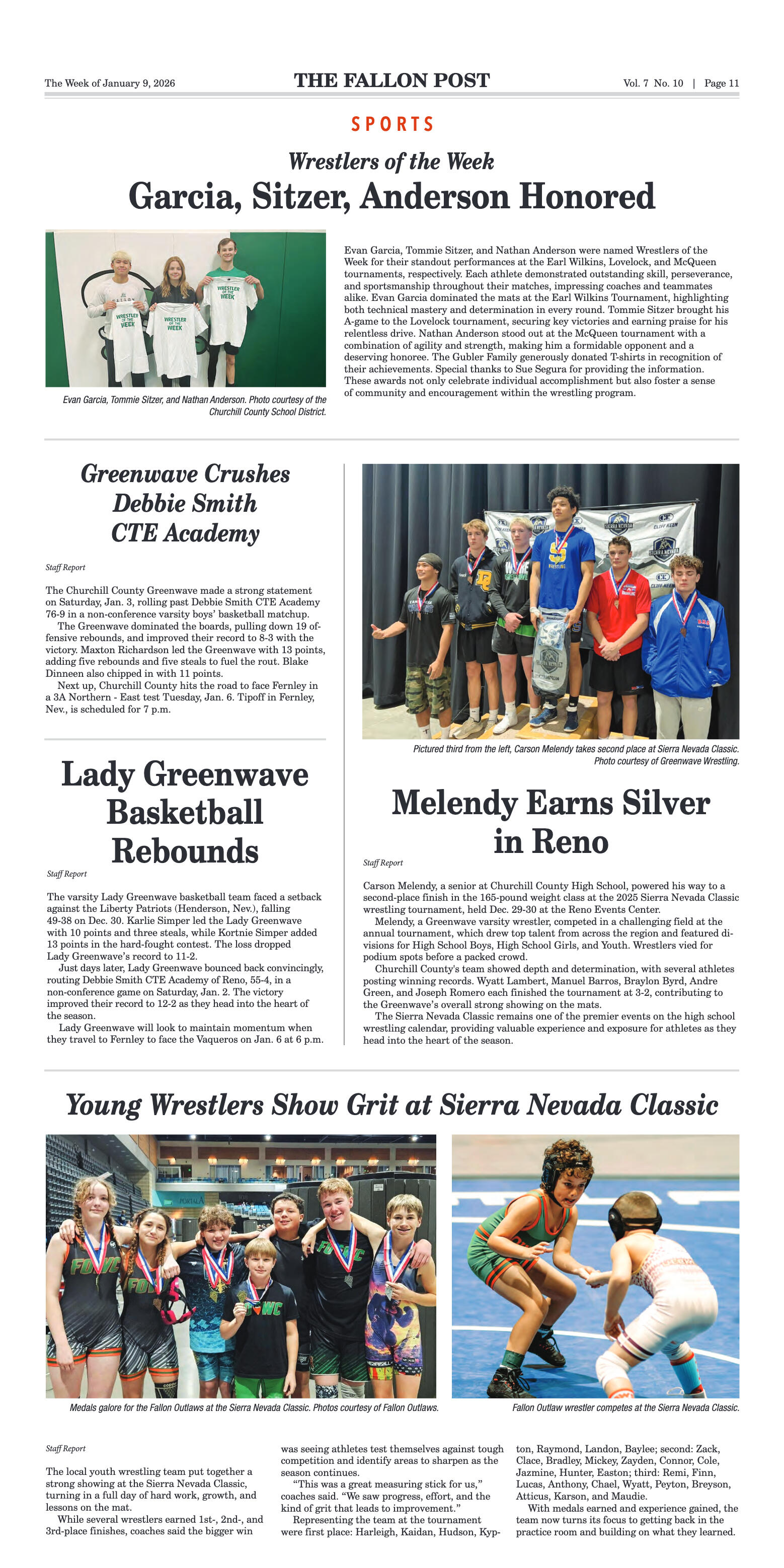
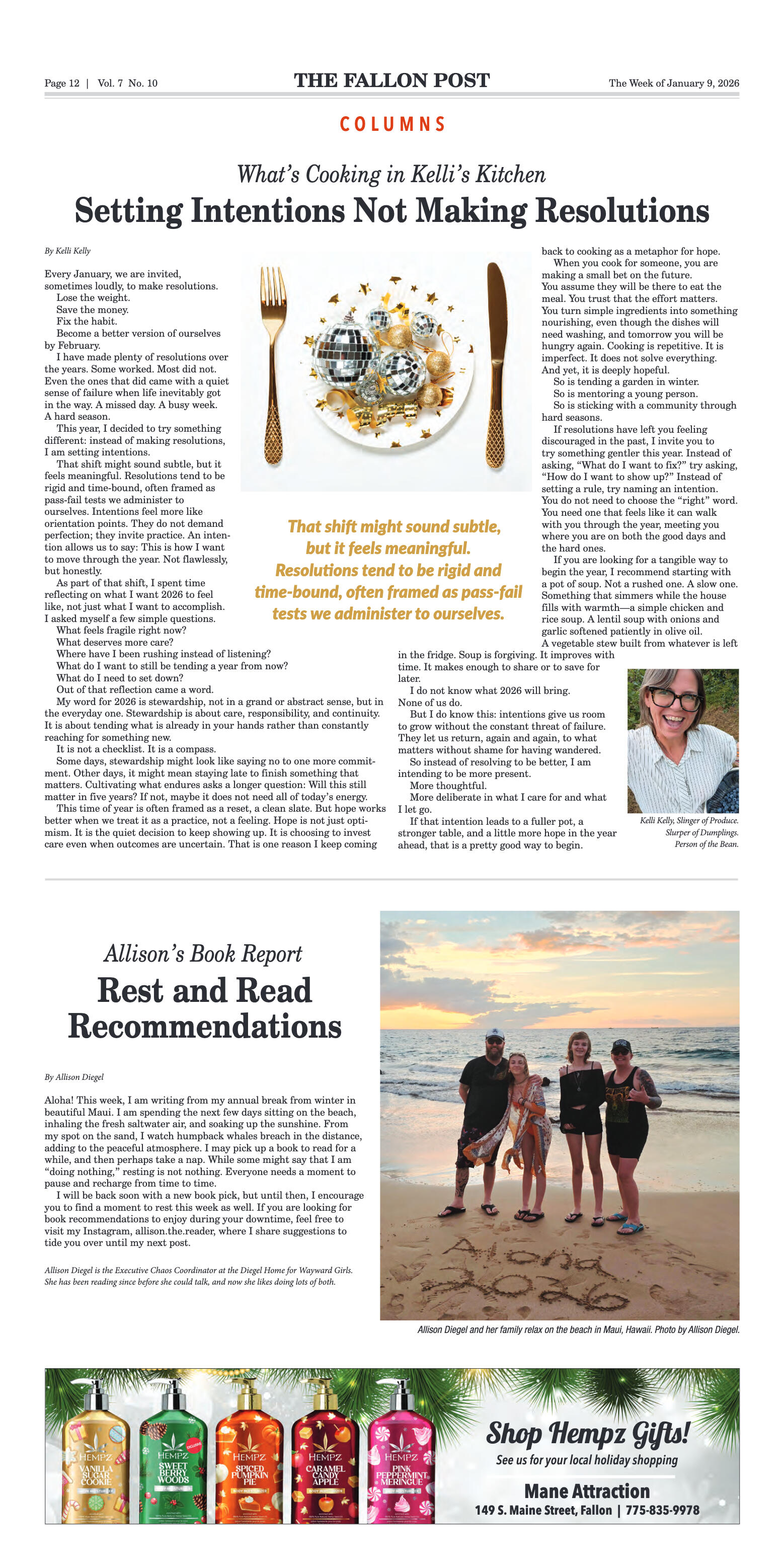
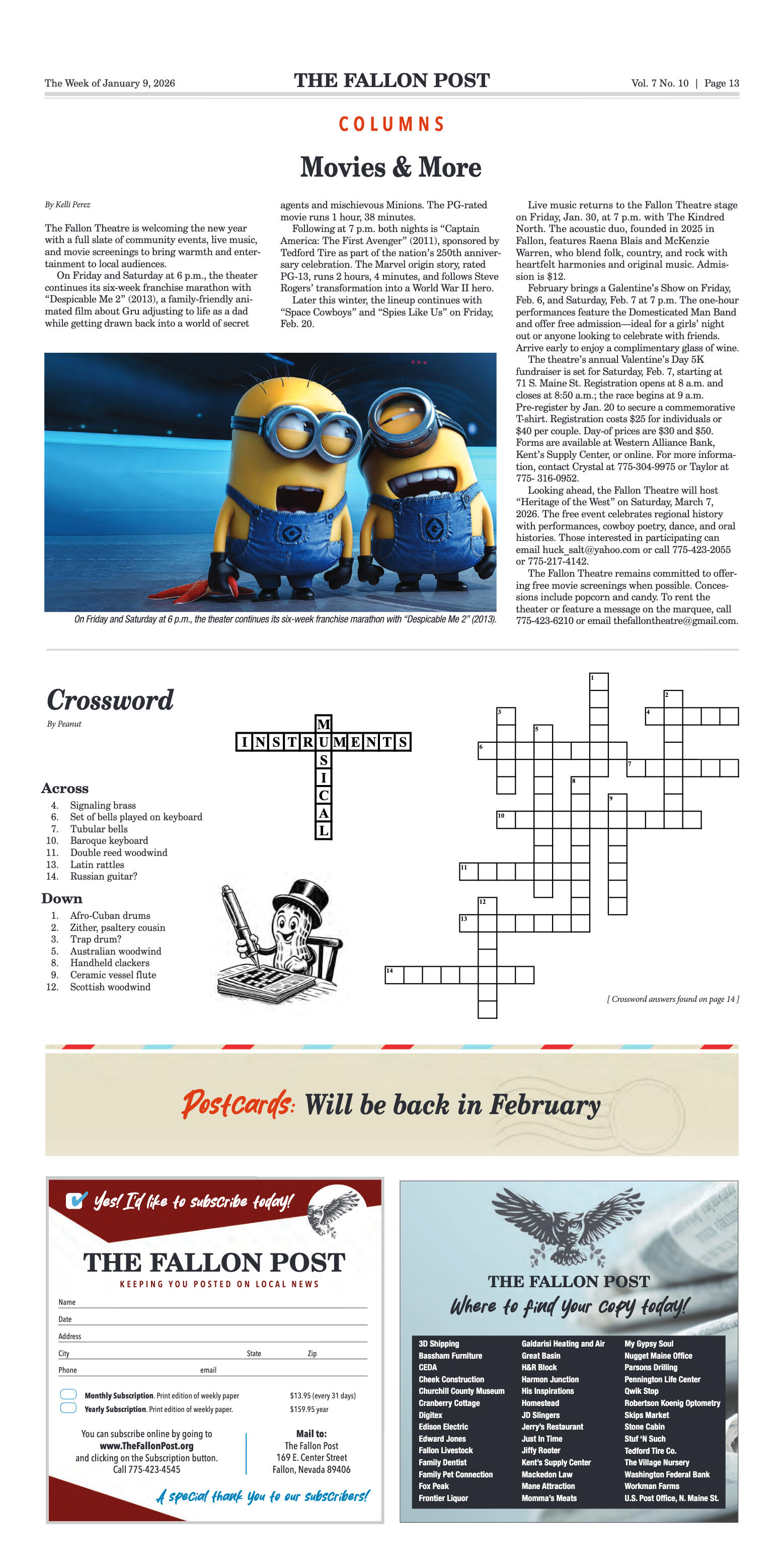
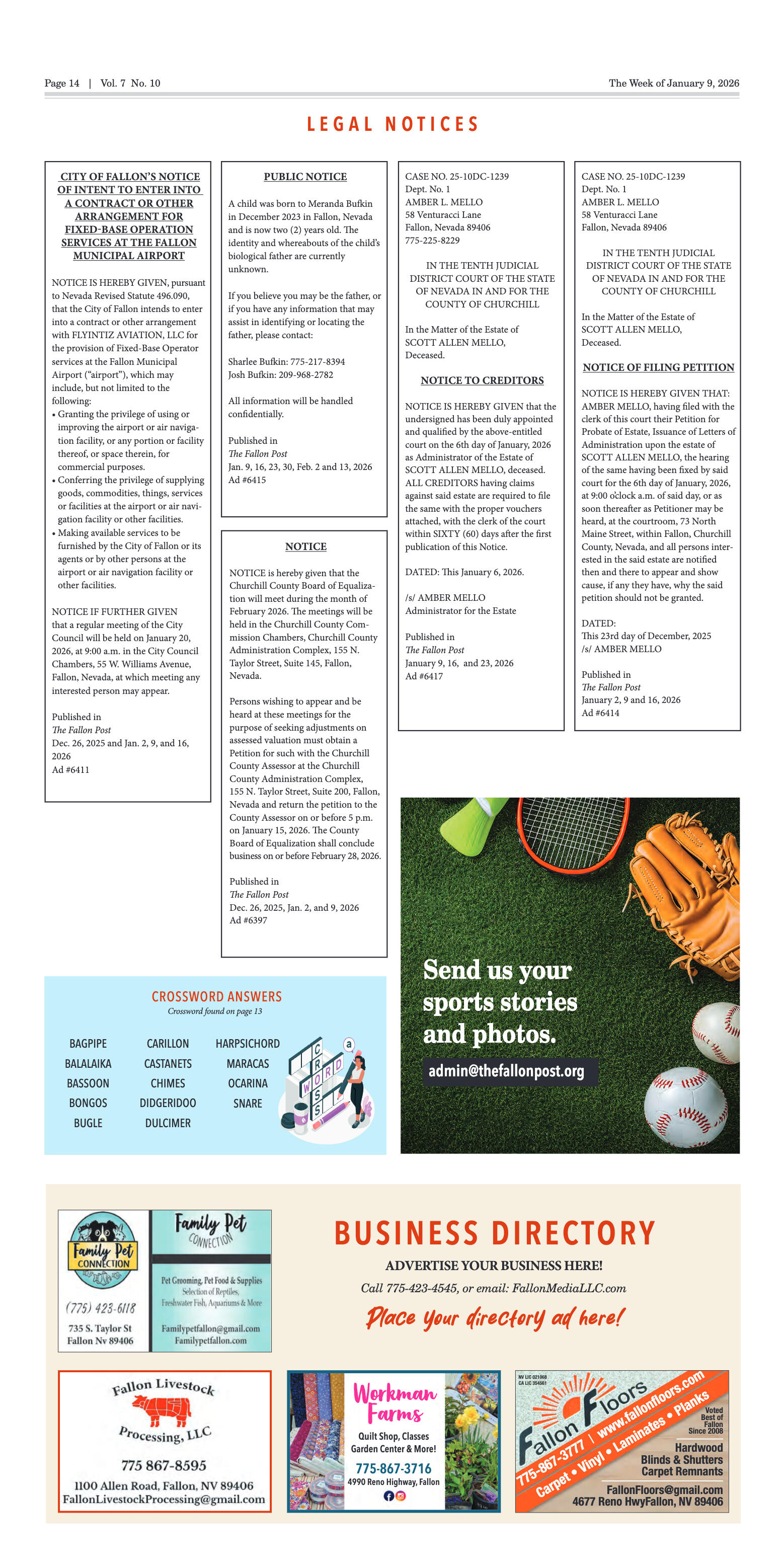
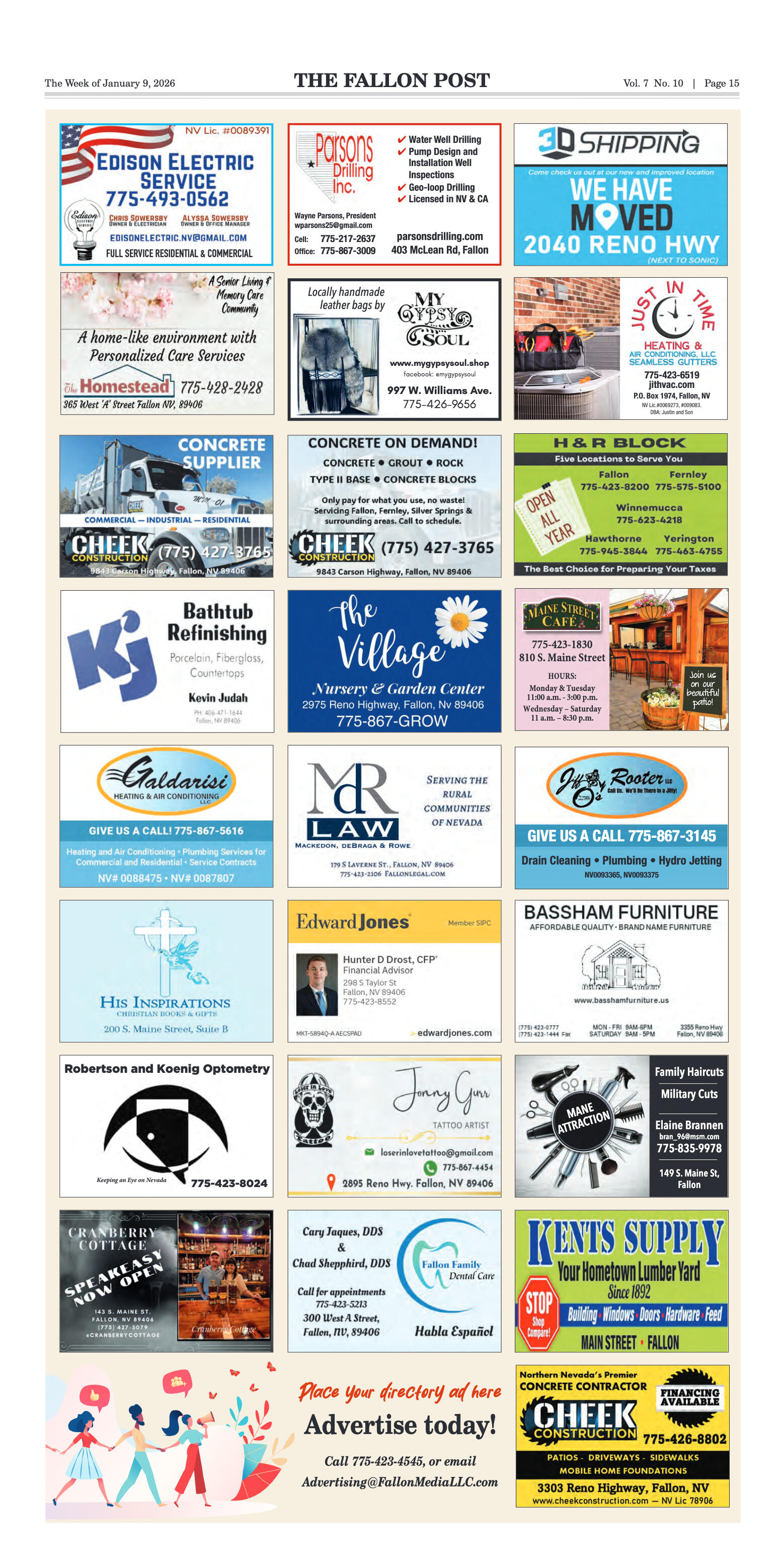
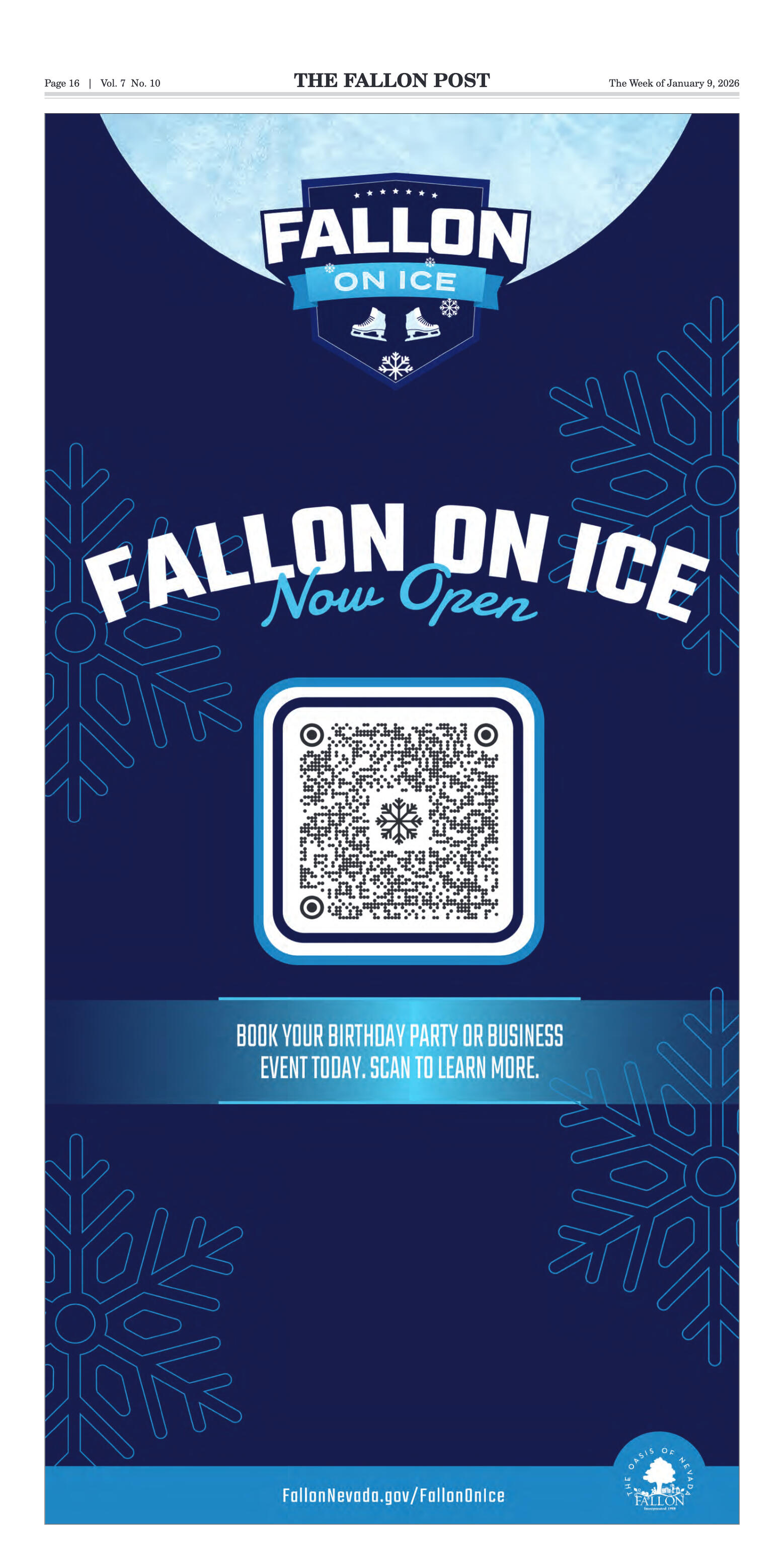
















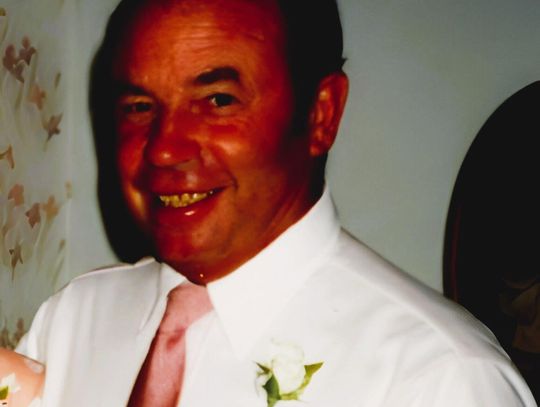

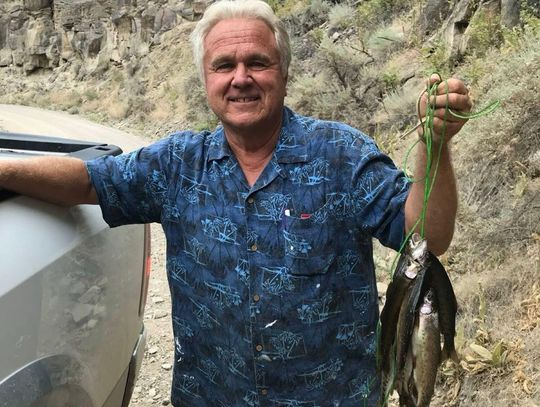
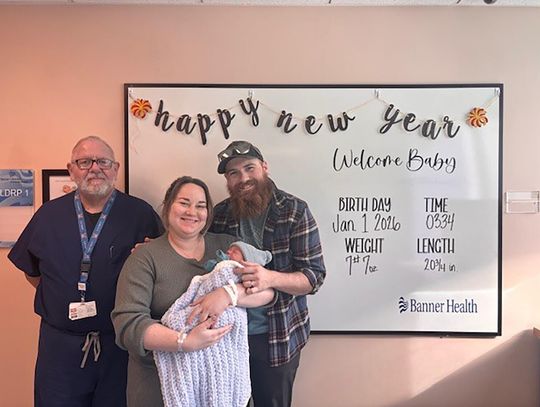
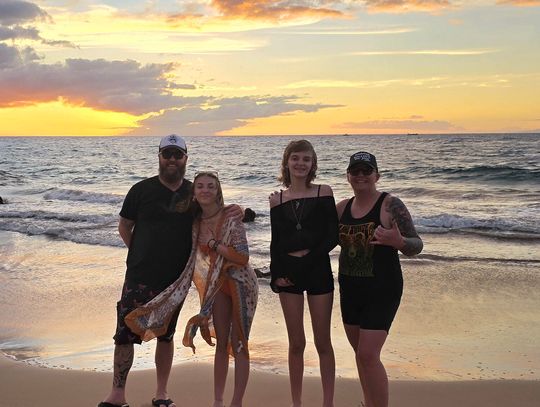

Comment
Comments